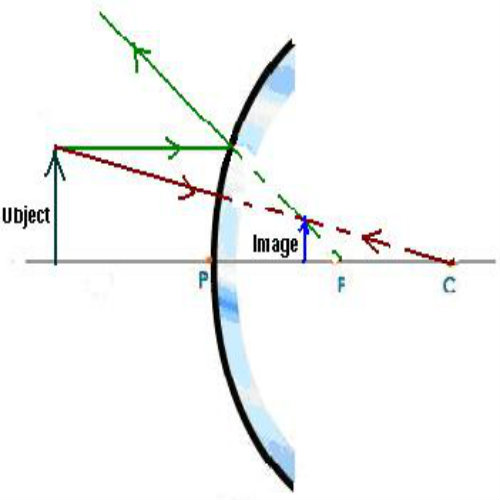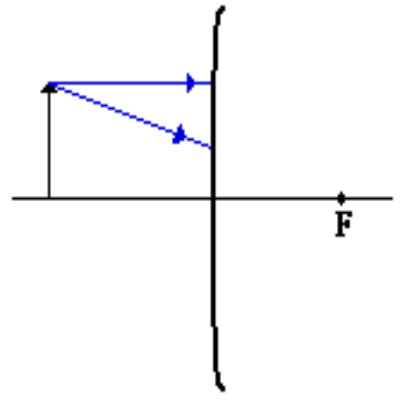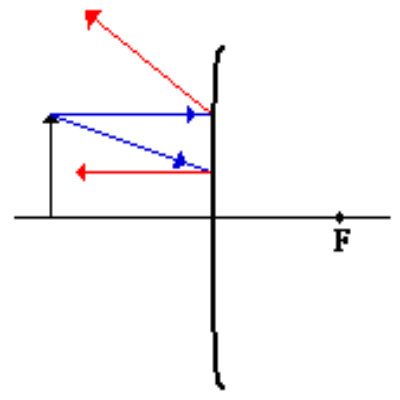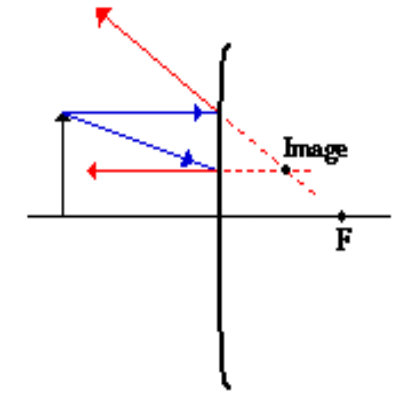How to Draw a Ray Diagrams for Convex Mirrors

When light falls on a convex mirror, it is reflected in a way to form a virtual image. There are two simple rules involved in reflection of light in case of convex mirrors. These are similar to the rules of concave mirrors and are:
– “Any incident ray traveling parallel to the principal axis on the way to a convex mirror will reflect in such a manner that its extension will pass through the focal point”.
– “Any incident ray traveling towards a convex mirror such that its extension passes through the focal point will reflect and travel parallel to the principal axis”.
While making ray diagrams, these two rules are important for students. The purpose of drawing ray diagrams is to find the location, size, direction, and type of image formed by a convex mirror. The steps involved in drawing ray diagrams are quite simple and easy to understand.
Instructions
-
1
The Basic Ray Diagram
Draw a basic ray diagram and choose a point to mention the object. From the top of the object, draw two rays such that one ray passes through the focal point (if produced), while the other travels straight towards the mirror and is parallel to the principal axis. Do put arrows on the two rays to indicate their direction of travel.

-
2
Applying Laws of Reflection
Now following the laws of reflection, reflect the two rays. Make sure the ray that travels towards the focal point is reflected parallel to the principal axis, while the other ray that was parallel to the principal axis is reflected in such a direction that its extension passes through the focal point. Draw arrow heads to show the travel direction and make the rays appear to be diverging from the mirror.

-
3
The location of Image formed
After that, produce the two reflected rays at the back of the convex mirror such that they intersect somewhere before the focal point. The point of intersection of the two produced rays will be the point where the image is located. The same procedure can be tried with different positions of the object.







